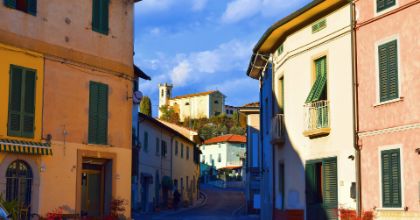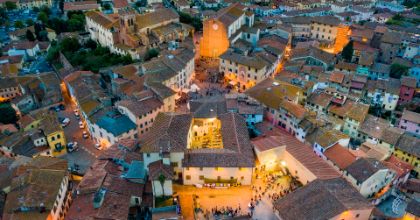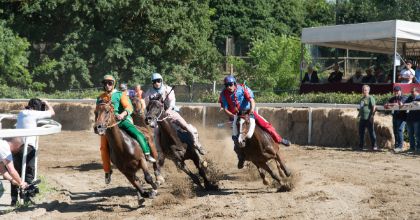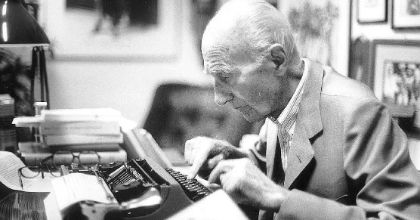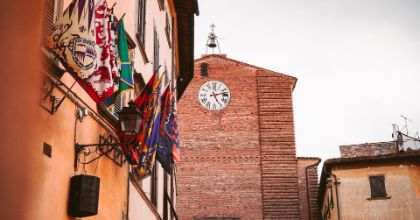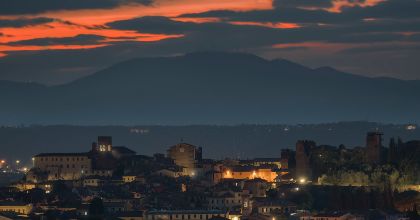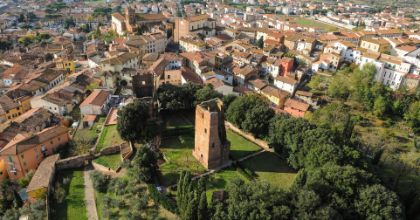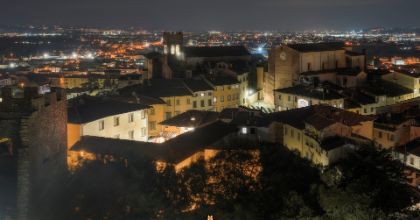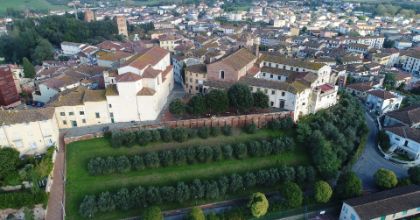Via Francigena and Romea Strata
If all roads lead to Rome, the Via Francigena is perhaps the most fascinating. Traced in the Middle Ages, about 1800 kilometers long - of which 1000 in Italian territory, starting from the Gran San Bernardo pass, for a total of 45 stages, traveled by hundreds of ancient and modern pilgrims: This is the story of this main road that connected Canterbury to the eternal city.
It was the year 990 after Christ and the history tells that Abbot Sigeric, ordained Bishop of Canterbury, precisely, by Pope John XV, from whom he visited and had with him a diary in which he was writing down and describing the 79 stages of the journey back to England, or the places where he had stopped to stay overnight. The notes of this illustrious pilgrim are still considered the most authoritative source to reconstruct the "philological" path of the Francigena, that is the most faithful to texts and historical documents.
As you can read on the official website, in fact, it is not possible to identify the "real" track, simply because it never existed: after the fall of the Roman Empire, the great roads were no longer used and in the various territories multiplied paths and tracks, which often varied due to natural causes, new geopolitical boundaries or the presence of brigands, but which tended to gather and converge in the forced passages (for example for crossing a river) or near the villages where people stopped to eat and sleep. Thus it was that some places now belonging to the Municipality of Fucecchio became part of the itinerary of the Bishop of Canterbury.
The Via Francigena in Fucecchio
Fucecchio is part of the 29th stage of the official itinerary and is the leading town of the Central South Aggregation of the Via Francigena Toscana, of which it is part together with Santa Croce sull'Arno, Castelfranco di Sotto, San Miniato, Castelfiorentino, Montaione and Gambassi Terme.
To discover the historical, cultural and naturalistic initiatives provided in this section and to have information on the state of conservation and maintenance of the route, visit the website www.francigenatoscanacentrosud.it born from the collaboration with the Ecoistituto delle Cerbaie.
For more information and download useful materials www.viefrancigene.org
After the Via Francigena and the Romea Strata, there is the Via Medicea, an ancient path that from Prato rejoined the so-called medieval highway (Francigena) in Fucecchio. The town of Montanelli, in fact, is the arrival point of the new historical-landscape path that also involves Prato, Poggio a Caiano, Quarrata, Carmignano, Vinci and Cerreto Guidi.
